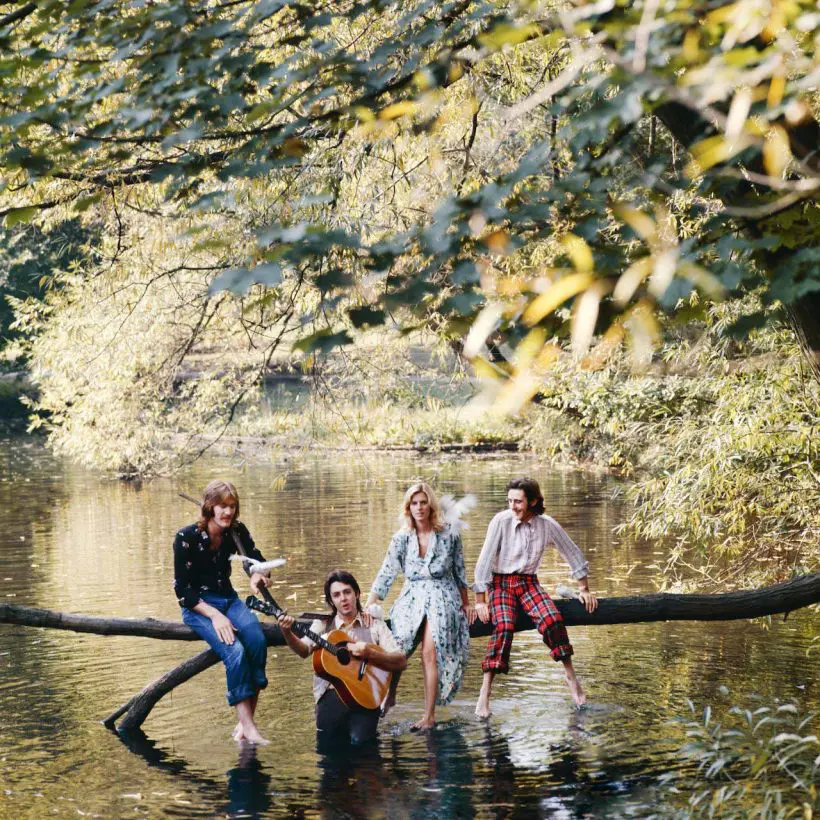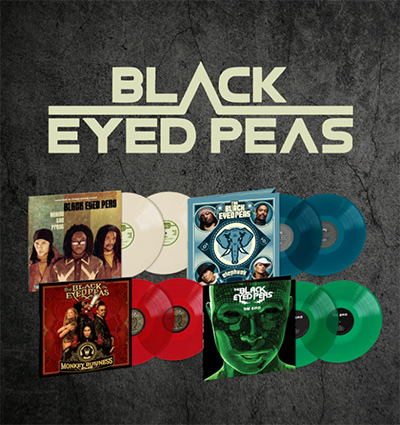Wings’ ‘Wild Life’: Paul McCartney Gets Back With A Band
Late in 1971, Paul McCartney returned to a band configuration as Wings released their LP debut.

Like the rest of The Beatles, Paul McCartney had fallen out of love with the idea of being in a band by the end of the 1960s. But one of the effects of making two excellent, essentially solo albums in the wake of their split in McCartney and Ram – albeit with the close involvement of his wife Linda – was to remind Paul that there was still much to be said for the collaborative approach.
So it was that, less seven months after the release of Ram, McCartney was back in a group setting. In their first formation, with Paul and Linda joined by Denny Seiwell (the drummer who had played on Ram) and former Moody Blue Denny Laine, Wings arrived with the Wild Life album, released on December 7, 1971. Just over half a century later, the album returned in a half-speed master edition.
The quartet recorded the LP, with its notably live and stripped-down feel, in the summer, in Paul’s old stamping ground of Abbey Road Studios, with engineering by Tony Clark and Alan Parsons. This was a new type of album for the former Beatle, with no UK single releases nor any particular attempt to write for the charts.
The name of the band wasn’t even on the front cover, nor was the album title (which, as the one-word Wildlife, had also been the name of the third LP by Mott The Hoople, released the previous March). The guerilla-style marketing of the record included an advert by EMI in the early December music press saying “Release date: as soon as possible.”
Five of the eight tracks on the Wings set were recorded in one take, most of the record in three days, and the whole thing was completed inside a fortnight. There was one cover, a slowed-down version of Mickey & Sylvia’s early 1957 US hit “Love Is Strange.” But, on an album of simple pleasures, there were also such underrated compositions as “Tomorrow,” “Some People Never Know,” and the hauntingly sparse “Dear Friend.”
Record Mirror’s Mike Hennessey singled out the latter track as his favorite, “a beautiful simple minor-key ballad with a fine string arrangement by Richard Hewson and an appealing oboe obligato.” In the NME, Richard Green remarked: “Depending on which side you play first you will find yourself either bouncing up and down to good old-fashioned rock ’n’ reggae, or closing your eyes enjoying soft, dreamy romantic songs.” As for McCartney himself, he would tell Rolling Stone in 1974: “You have to like me to like the record.”
Listen to the best of Paul McCartney & Wings on Apple Music and Spotify.
Paul and Linda had been at No.1 on the Billboard Hot 100 as recently as the first week of September, 1971 with the Ram track “Uncle Albert/Admiral Halsey.” Two months later, on November 8, McCartney launched the new project in lighthearted style with a ball for 800 invited guests at the Empire Ballroom in London’s Leicester Square.
There was musical accompaniment at the event by nostalgic dance band Ray McVay & his Band of the Day, and the dance formation outfit Frank & Peggy Spencer Formation Team, as well as tracks from Wild Life itself. Cash Box called it “a novel departure from the general pattern of conventional industry junkets.”
The relatively low-profile album peaked at its No.11 debut in the UK, and No.10 in an 18-week run in Billboard’s US rankings. It was comfortably Top 10 in many European countries, and No.3 in Australia. But the chart rankings were far less important than the new mood that Wild Life created for McCartney’s future conquests.
Buy the half-speed 50th anniversary edition of Wild Life.













Bobby Finny
December 18, 2019 at 9:50 pm
Unpretentious stripped down basic music, might be the best of the early Beatles solo recordings, sounding fresher today than the dated productions of POB and ATMP.